
Pros
- Satisfying, weighty combat
- The forging mechanic is truly game-changing
- Surprisingly compelling story
Cons
- Forging will be off-putting for some
- Waypointing could be improved
- Repetitive, occasionally maddening NPC dialogue
It seems odd to think that little was known about Blades of Fire until earlier this year. First announced in December 2021 under the moniker ‘Project Iron’ and developed by MercurySteam, it was described as ‘a third person action RPG set in a dark fantasy world’, which was enough to get us excited. After all, a brand new IP from the folks responsible for the beloved Castlevania: Lords of Shadow franchise and the spectacular Metroid Dread was always going to be interesting. A few missteps notwithstanding, we’re pleased to report that the Spanish developer has delivered the goods.
A Soulslike meets God of War in all but name , Blades of Fire is a third person action RPG with a twist - one that sidelines player stats in favor of weapon crafting and tweaking their various attributes. While Souls titles are known for their oblique, non-linear approach to storytelling with a nameless lead, Blades of Fire instead puts players in control of Aran de Lira, a hardened warrior with a mysterious past who, like all good fantasy heroes, is ultimately tasked with saving the world.
Blades of Fire is a sprawling action RPG with oodles of interesting gameplay elements.
Steel Resolve
So what’s going on in Blades of Fire? Well, thousands of years ago, the world was ruled by a race of mighty giants known as ‘The Forgers’, whose reign was cut short by a war that prompted them to bestow their treasured legacy - the secret of Steel - upon humankind. Humanity used said knowledge to dominate the world, leading to the rise of Queen Nerea - Aran’s childhood friend - who has since used dark magic to turn all steel into stone.
Our tale begins with a bloody encounter in which Aran saves the life of Adso de Zelk, a precocious young scholar who goes on to act as your guide. Joining forces, the duo promptly set out on a perilous journey to the Royal Palace where Aran aims to defeat the evil queen. As your companion, Adso chronicles Aran’s adventures in the ‘Travel Book’, a menu of knowledge with insights on enemies, equipment and resources.
Adso is your sidekick and guide, offering some helpful and not so helpful remarks.
Adso can’t fight, however, and while he makes for pleasant enough company, players have the option to send him back to camp whenever they grow tired of his quips about Aran’s weight, which are mercifully few and far between. We’re pretty sure that Aran even makes a wanking joke at Adso’s expense when he talks about tuning his lute at one point too. Be sure to keep an ear out for that.
Duking it Out
Built in MercurySteam’s own proprietary engine, Blades of Fire is an ambitious and mostly successful attempt to build on the God of War formula, albeit with some nifty twists. For starters, Aran’s weapons degrade gradually over time, which means you’ll have to keep a keen eye on their durability to avoid sticky situations where they become less effective during battle. While degrading weapons are nothing new, the way Blades handles them is particularly novel.
Each interaction impacts your arsenal in different ways, with every strike against an enemy dulling your weapon’s effectiveness. Strikes against the environment will also lower its overall durability, eventually causing it to break. The result is a combat system where every hit counts.
Enemies are equipped with different types of armor on their torso, arms, legs and head, which affects how you tackle them. Targeting reveals colored outlines that indicate the level of damage you’ll inflict with your chosen weapon. Green indicates a weapon will deal maximum damage, while orange denotes armor that will absorb some of your attack. A red outline cautions that your weapon will bounce off entirely, dealing no damage and reducing its effectiveness in the process. As your arsenal expands, these outlines vary, with a mixture of colors indicating where best to attack. It’s a design choice that rewards experimentation and while a sword may not initially appear effective against one enemy type when slashing, switching to stabbing with the right trigger may yield more successful results.
(1 of 2) Enemy designs and experimentation are a real highlight
Enemy designs and experimentation are a real highlight (left), Once you master the combat, it’s as satisfying as it gets in the action RPG genre. (right)
On PlayStation, left, right, head and body attacks are mapped to the Square, Circle, Triangle and X buttons respectively and while this may require an adjustment for Soulslike fans used to dueling with trigger buttons, Blades’ approach to combat is both surprisingly intuitive and enormously satisfying once everything clicks into place. Whether you’re slashing, stabbing, or clobbering enemies over the head, weight balance will determine the effort required to wield each weapon. This in turn reduces your stamina, which is also depleted by dodges, triggered with the left bumper. This can be recovered through tactical, well-timed blocks.
Steeling Our Nerves
The variety of weapons Blades offers is truly extraordinary and while certain enemy types will dictate the need for players to choose their loadouts carefully at times, there are few things more satisfying then cutting through a batch of enemies with a set of twin daggers. When fully leveled up, these became our endgame weapon of choice for grunts and bosses alike.
Switching up weapons during battles against multiple enemy types with various weaknesses presents unique challenges. On occasions where enemies begin to overwhelm, the combat system becomes a tight juggling act of avoiding enemies impervious to certain attacks while focusing on enemies whose weaknesses best suit your weapons of choice. It’s easy enough to juggle in earlier chapters, but later swarms saw us retreating and slowly cheesing enemies one by one, which felt at odds with Aran’s usual gung-ho approach of cutting hordes of enemies to shreds. Different strokes for different folks.
While Blades serves up some challenging boss battles for the masochists, with a few plot-stalling exceptions, it is comparatively forgiving when it comes to its mini-bosses, of which there are many. Rarely are you trapped in an arena-style area and players have the option to step back and take pause between attacks, with a useful timer indicating how long you have before boss health regenerates. It’s a nice touch that feels like an accommodation for players who love the exploration offered by Soulslike titles, but struggle with the tension of battering a boss in one attempt. Occasionally we found ourselves circumventing these fights entirely, choosing instead to sneak into an area, collect a quest item and return to the fight later. On the occasions that this worked, dodging a battle entirely felt almost as satisfying as tackling a boss head on.
Ore-inspiring creations
In order to fight, Aran will need to craft his weapons, which is where Blades’ RPG elements really come into their own. Armed with a Sacred Hammer, Aran uses loot and recovered resources to forge his own arsenal. Every aspect is customizable, with an array of blueprints available including daggers, shortswords, claymores and polearms, with more to unlock as you defeat different enemy types. When crafting a shortsword, a longer blade will grant it greater damage but impact its overall weight, making it trickier to handle. The type of steel dictates various different characteristics in defense, durability and laceration, while the shape of the cross-section affects its cutting power.
There is a massive amount of depth to the weapon forging including what materials to use.
Once you’ve selected your weapon’s various traits, Aran uses the Sacred Hammer to shape it. A white outline represents the area within which the player needs to guide the steel, while an adjustable balancing system indicates the tilt of the hammer and how hard the player strikes it. Hammering a shape that closely resembles this outline rewards players with a star rating, with each representing the number of times a weapon can be repaired before it breaks entirely. Each strike brings the player closer to a viable weapon, but further away from a truly exceptional one. This is arguably Blades’ unique selling point and while the process initially proved fiddly to grasp, it’s a mechanic that fosters a genuine sense of achievement and satisfaction when it comes to employing your weapons in the battlefield.
There will likely be swathes of players who burn through resources through trial and error long before they find their flow, but spend time honing a dagger into a 7-star behemoth and the chances are it will serve you for several hours of gameplay. Settle for an inferior weapon and you’ll just be paying countless visits to the forge. For those eager to get back to the battle quickly, Blades also offers the ability to forge a weapon at the highest star rating achieved automatically, omitting the need to craft one from scratch. We did notice that we returned to the forge less and less as our weapons improved, but it’s nevertheless refreshing to see a game trying something new.
Testing Your Mettle
Navigating the vast world of Blades of Fire is made relatively straightforward thanks to the abundance of forger’s anvil stones, which act as waypoints that can be used to teleport across the map. When Aran is slain in combat, he plants his weapon into the ground and re-spawns at the nearest anvil. It is then up to you to retrieve said weapon. While waypoints are provided for forges, little is offered in the way of narrative direction, with the player largely left to their own devices to figure out where to go next.
Tucked away in the main menu is an option to display your objective waypoint, which has to be turned on manually every time it’s required. It doesn’t indicate incremental progression towards an objective either, so even with a waypoint marker on, you could still spend time wandering aimlessly before finding the next objective. There were occasions in the latter third of the game that saw us backtracking for an hour before realizing we’d missed an area that wasn’t clearly signposted. The environments are designed in such a way that shortcuts to different areas are provided in abundance, but while each of the game’s labyrinthine dungeons, woodlands and castles are gorgeous to explore, opening up multiple shortcuts occasionally makes certain areas more confusing to navigate.
Sound of Metal
Though its dialogue never quite reaches the melancholic highs of FromSoftware’s sparingly vague character monologues, the performances that guide Blades of Fire’s compelling narrative are universally strong. Aran, Adso and the cast of characters you meet along the way, which range from man-eating trolls to farting imps and Lovecraftian beasts, all remain believable and compelling throughout, often in the face of some truly silly moments.
Melkart and some other NPCs needed for exploring get frustrating after a while.
It’s the inordinately repetitive nature of how incidental dialogue is employed, however, that occasionally lets things down. The cowardly ghost Melkart who accompanies Aran through Aecides’ Domain in the first act was initially entertaining, but his repetitive declarations of fear every thirty seconds eventually drove us to turn off in-game dialogue completely until we’d parted ways.
As for its broader audio design, for a game focused on its weapons and the act of crafting them, it’s little surprise that Blades sounds brilliant. The clash and clang of blades and hammers slicing and smashing through sinew really pack a punch, while composer Óscar Araujo’s atmospheric score neatly sets the tone with lilting, orchestral flair.
Ironing Out The Details
Blades of Fire is an ambitious and mostly successful attempt to do something new and exciting with a tried and tested formula. Few things are quite as satisfying as facing off against an enemy you’re ill-prepared to take on, only to find through trial and error that your best line of defense was a weapon you least expected. The forge’s unique take on RPG elements add a much needed injection of experimentation to proceedings and while the learning curve here is undeniably steep and may be initially off-putting to some, it rewards patience.
For the most part, MercurySteam have lovingly crafted an enjoyably challenging, if occasionally punishingly, difficult, action adventure. Some slight tweaks, like repetitive incidental dialogue and the ability to descend ladders quickly would have improved things, but these are moot points in an altogether hugely enjoyable 50+ hour game with a compelling world and - without spoiling anything - surprisingly unpredictable storyline.
Heavy Metal!
Blades of Fire adds a unique twist to the action RPG formula with new inventive mechanics that reward long-term investment with hugely enjoyable combat and a compelling story to boot.
Gameplay:
Sound:
Graphics:
Story:
Value Rating:
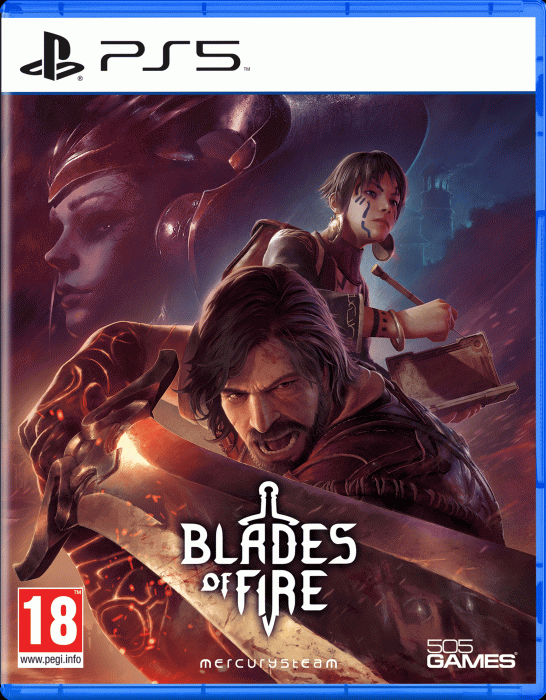

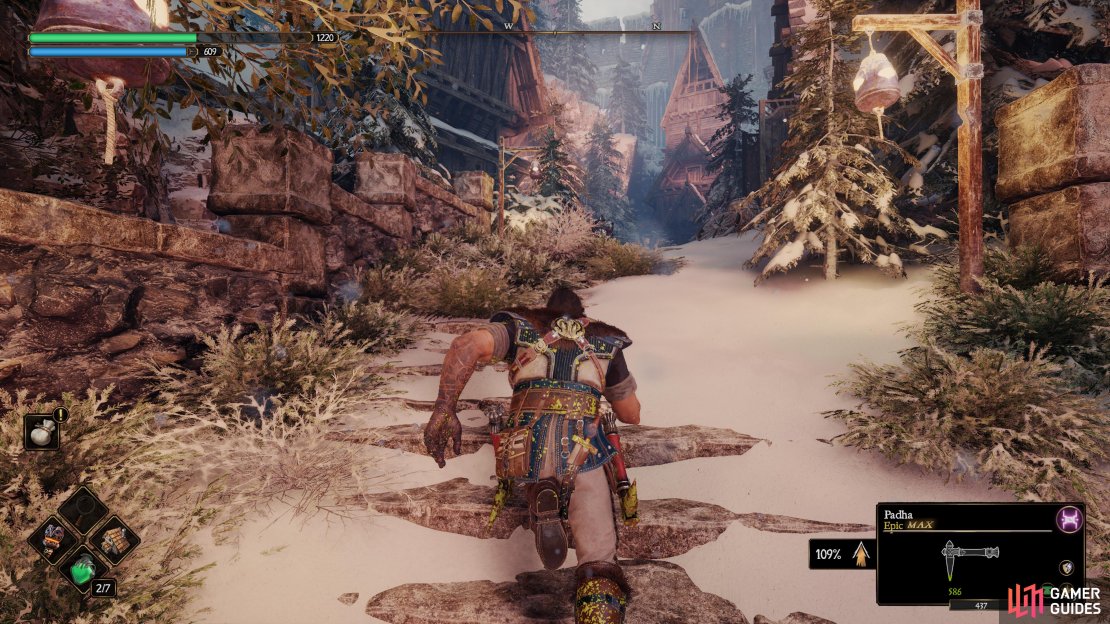
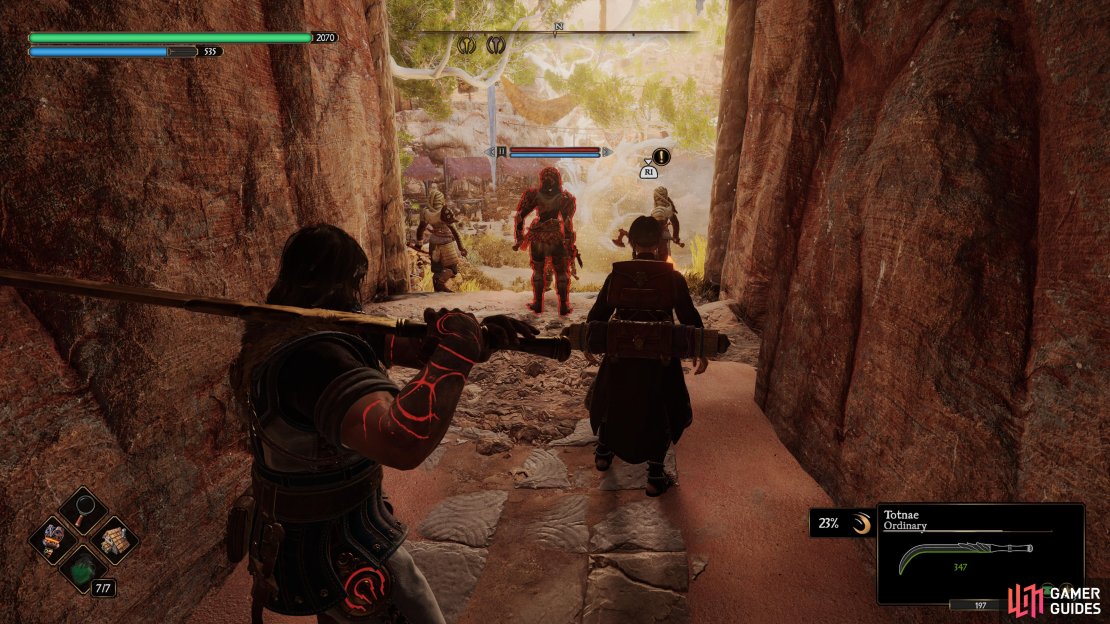
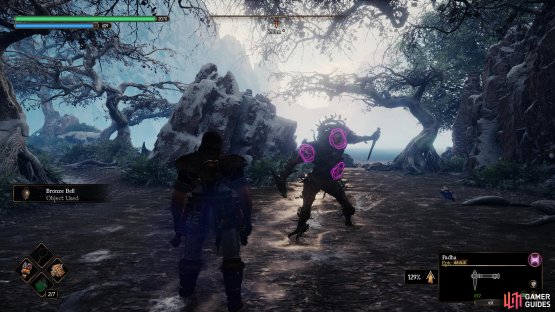


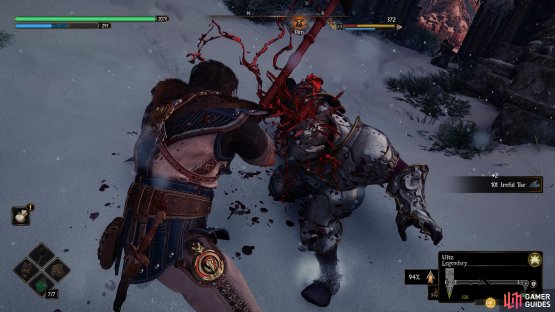
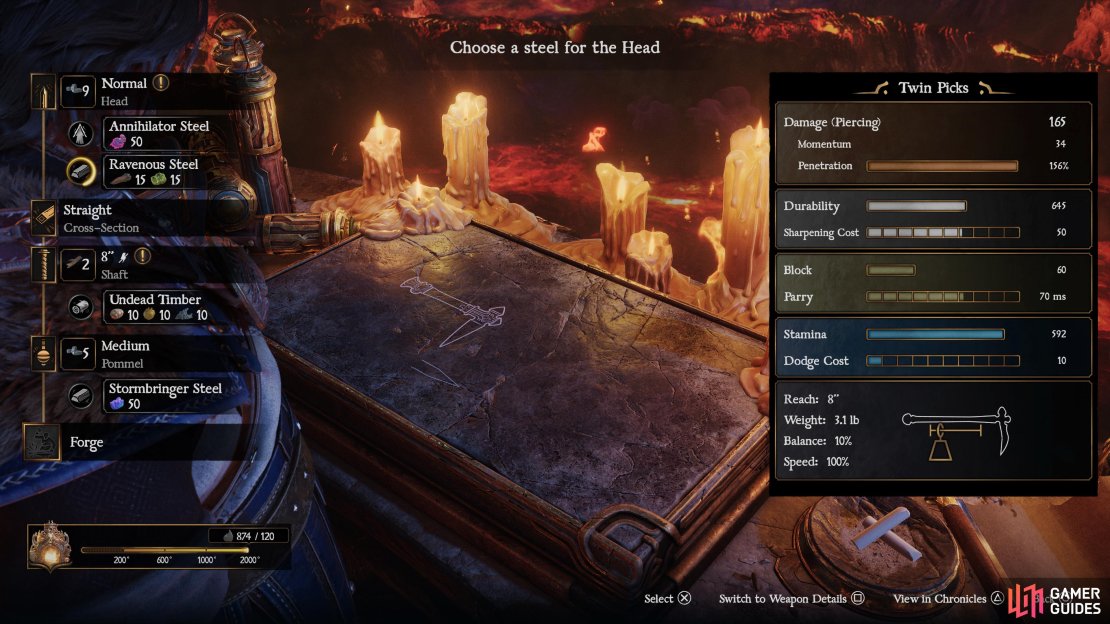
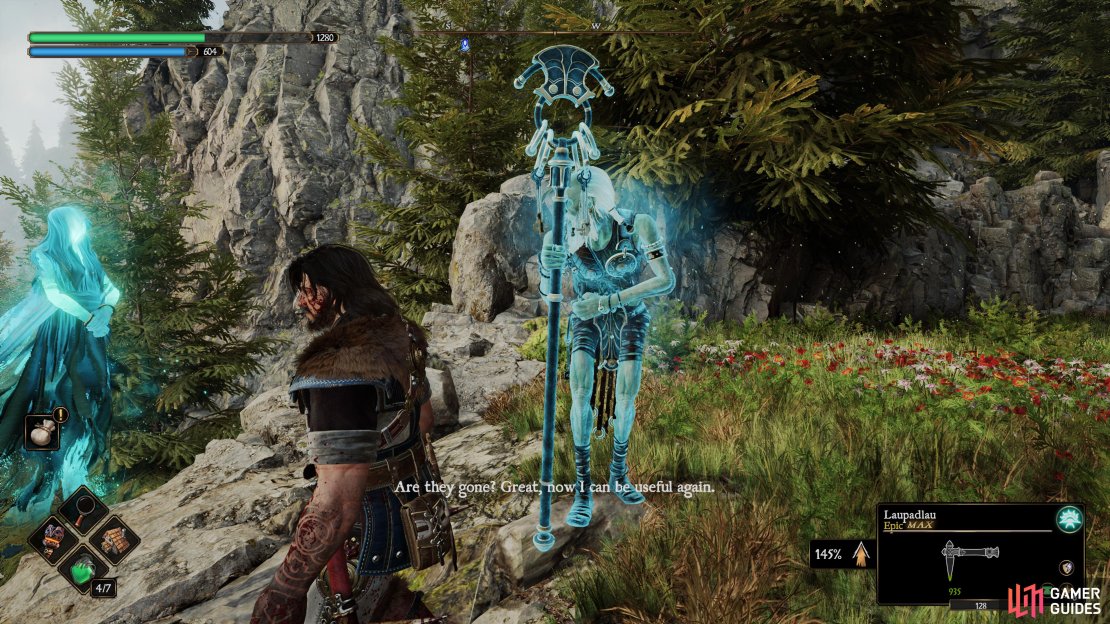
No Comments